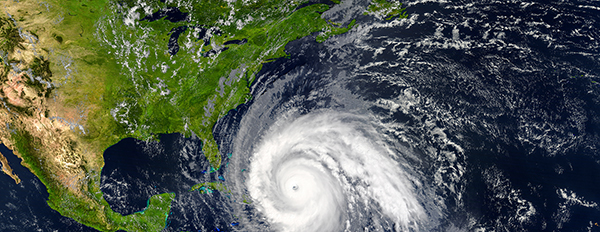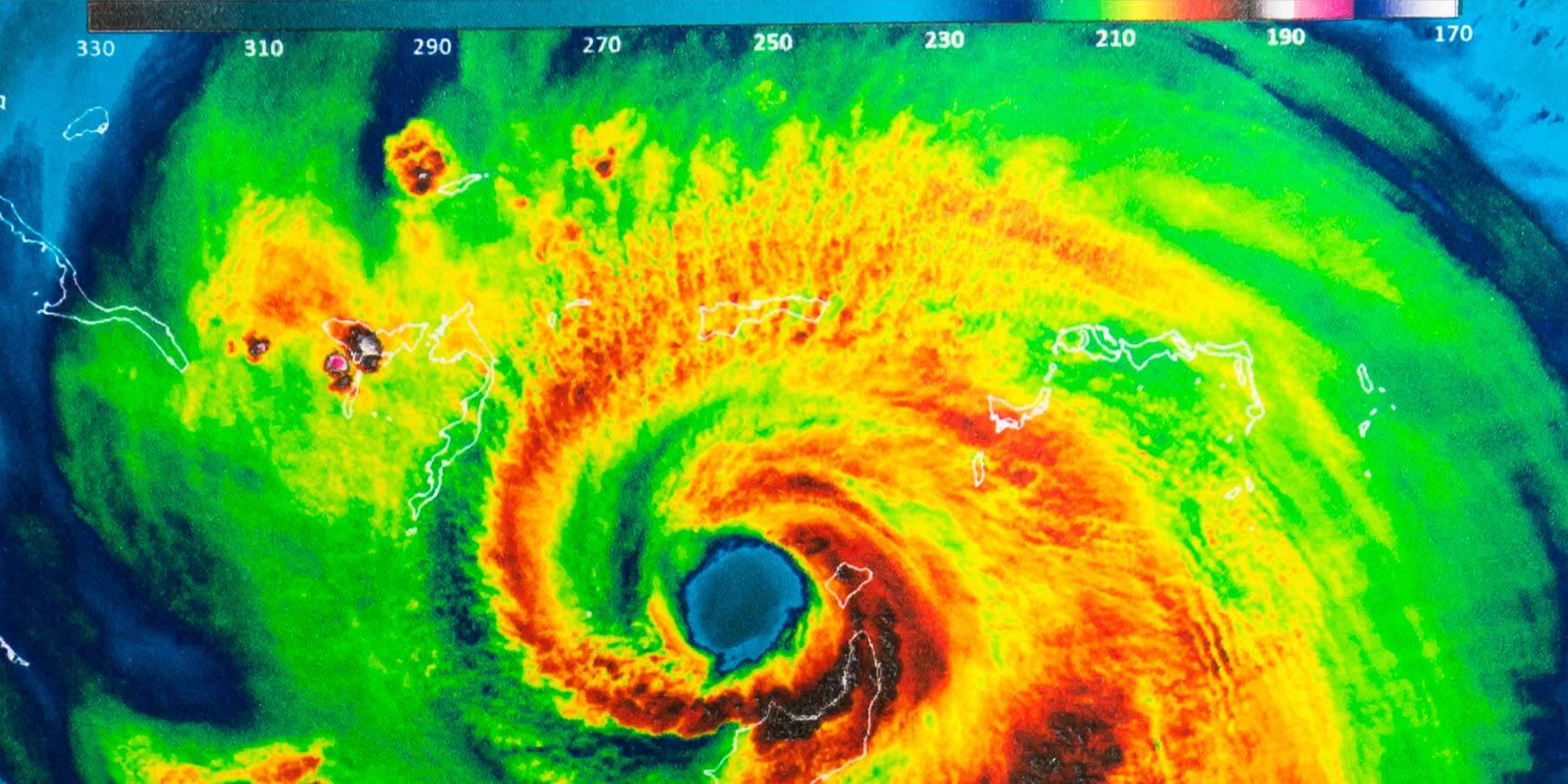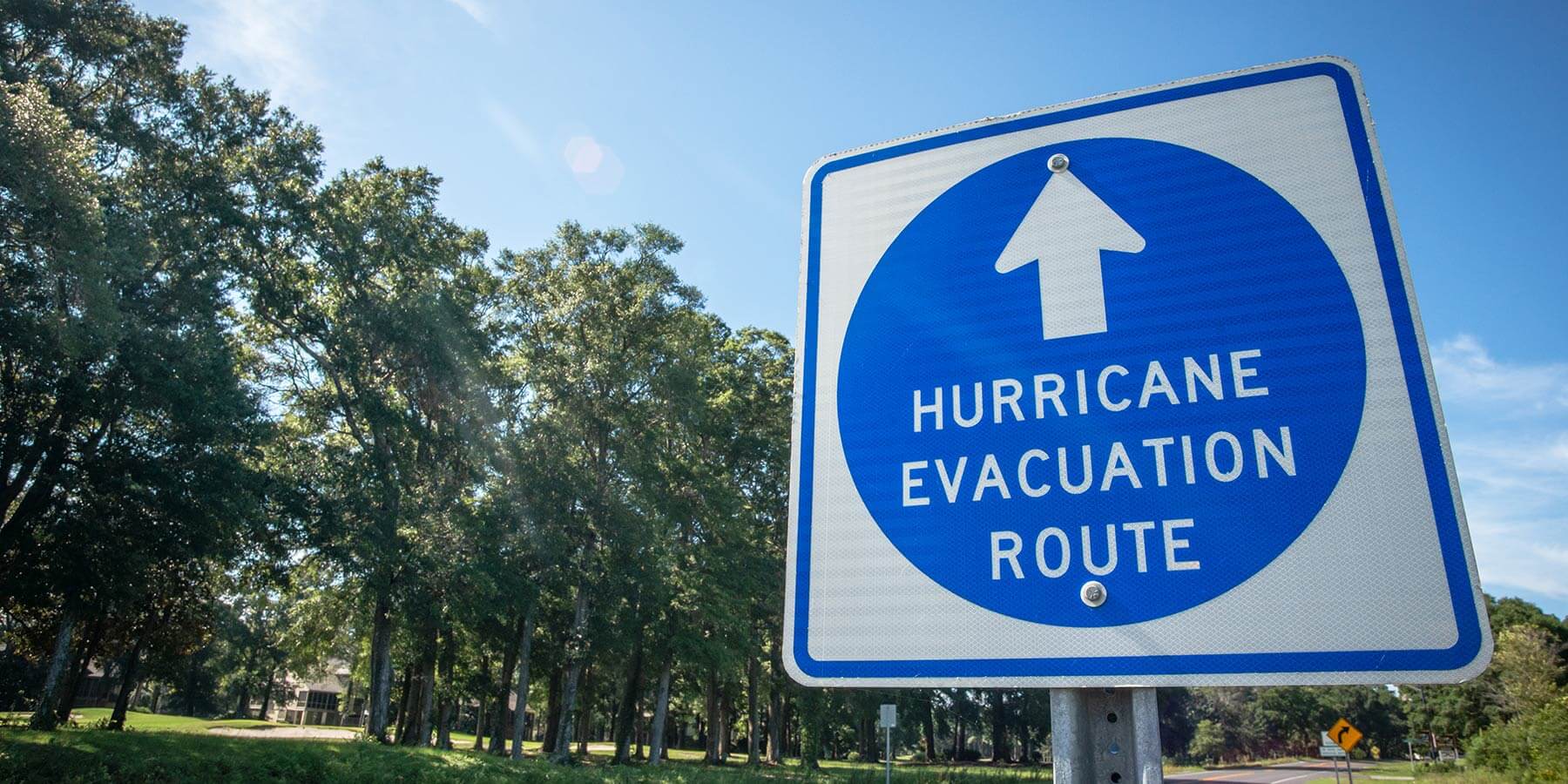The 2023 Hurricane Season wrapped up on November 30th, and while the six-month period had fewer landfalls than anticipated, it was still marked by significant activity—reinforcing the importance of vigilant preparedness, organized response, and effective recovery strategies in the face of natural disasters.
NOAA’s Pre-Season Predictions and Reality
The National Oceanic and Atmospheric Administration (NOAA) anticipated an above-average hurricane season in 2023, forecasting 16 to 20 named storms, including 8 to 10 hurricanes. This prediction was based on favorable atmospheric conditions and higher sea surface temperatures, which typically contribute to increased hurricane activity.
The season began with Tropical Storm Arlene and was quickly followed by Bret and Cindy, indicating an early start. These storms underscored the unpredictable nature of hurricanes and the necessity for continuous preparedness. Fortunately, none of those storms made landfall in the U.S., which exemplified the 2023 season: a lot of activity but few landfalls.
Ultimately, the 2023 Hurricane Season saw 20 named storms, seven hurricanes, and three major hurricanes, which is about average for a hurricane season. The most notable storm of the season was Hurricane Idalia, which landed at Keaton Beach, Florida, on August 30. Idalia had achieved one of the fastest rates of tropical cyclone intensification ever observed in the Atlantic basin within 24 hours before landfall, reaching Category 4 strength before slowing to Category 3 at landfall.
Hurricane Idalia: The Season’s Defining Event
Idalia targeted some of the best hurricane-prepared states in the country. Florida, Georgia, South Carolina, and North Carolina declared states of emergency before the storm and initiated their preparedness systems to protect lives and property. Despite the heroic efforts made in each state, tragically, ten people lost their lives due to Idalia-related incidents: four in Florida, three in New Jersey, and one each in Delaware, Georgia, and North Carolina. Early estimates for property damage ranged from $9 billion to $20 billion; however, those costs have tempered as time has passed. Government estimates put the damage between $2.5-$3 billion —still one of the costliest storms to hit the U.S.
To put it in perspective, Hurricanes Ian and Nicole caused more than an estimated $118 billion in 2022, making the 2023 hurricane season the third-costliest season on record, with the Atlantic hurricane season ranked fourth for most named storms in a year despite El Niño.
With Hurricane Idalia’s response phase complete, Florida and other states shifted into recovery mode, and Tidal Basin played a key role.
Tidal Basin’s Role in Hurricane Idalia Recovery
In the aftermath of Hurricane Idalia, Tidal Basin played a pivotal role in the recovery phase, managing and monitoring extensive debris removal on behalf of the Suwannee Valley Electric Co-op (SVEC).
With an estimated 600,000 cubic yards of vegetative debris, Tidal Basin has monitored the removal of 400,000 cubic yards, including 24,000 hazardous trees and 28,000 limbs. Tidal Basin also removed damaged electrical grid components, including power poles, power lines, transformers, and other associated hardware and dangerous limbs and trees threatening the SVEC right-of-way. Tidal Basin cleared 28,000 linear feet of power lines, 15,000 linear feet of power poles, 375 hardware sets, and 124 transformers.
Tidal Basin’s involvement also extended to initiating and managing sheltering programs for the affected populations, showcasing their expertise in disaster recovery management. In collaboration with the Florida Division of Emergency Management (FDEM). Tidal Basin rapidly deployed eligibility staff to 9 Disaster Recovery Center locations within the affected area, facilitating application intake, updates, and document collection. We also quickly developed an informational website for survivors in need of information regarding sheltering and other unmet needs, provided a custom online portal for application intake and processing, and set up a call center to answer questions and assist survivors with their applications. By December 1, Tidal Basin received 325 applications for immediate shelter needs. Eligibility specialists determined that 110 applicants were qualified for assistance. Of these, 45 found refuge in travel trailer units, 30 secured hotel stays through the American Red Cross partnership, while others await site inspections, installation, and permitting processes in their respective counties.
These kinds of recovery programs are an area in which Tidal Basin has unparalleled experience. Before Idalia landed, Tidal Basin was still assisting Florida’s west coast residents recover from 2022’s Hurricane Ian. As with Idalia, Tidal Basin’s work on Ian’s recovery was centered on a sheltering program and providing onsite support and management of an online portal application system. More than 1,200 Floridians were deemed eligible for sheltering assistance after Ian, with 1,172 applicants accommodated in travel trailer sheltering units and 355 successfully transitioned to more permanent housing solutions.
Lessons Learned and Future Preparedness
This hurricane season highlighted the potential for significant destruction from even a single hurricane landfall. It emphasizes the need for ongoing preparedness, response, and recovery strategy enhancements. The next hurricane season will begin again in seven short months, so the time to start is now.
Tidal Basin stands ready to assist with preparing your communities ahead of the 2024 hurricane season. Our mission is to support governments and communities with building resilience, so they are ready for the next challenge, and our commitment it to ensure everyone we serve is equipped to Be Stronger Than Before™.



